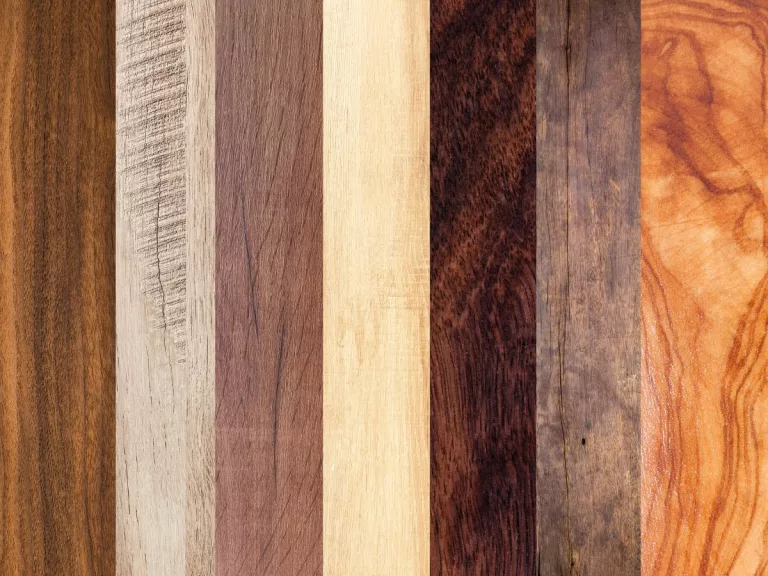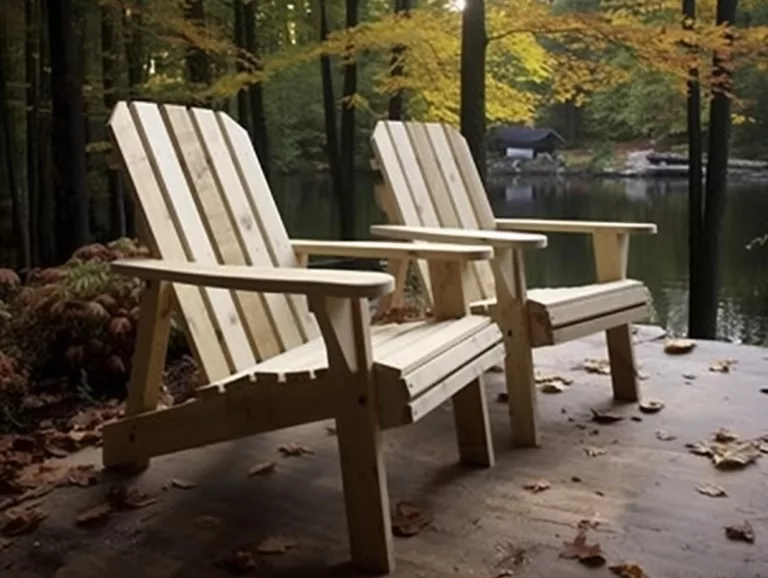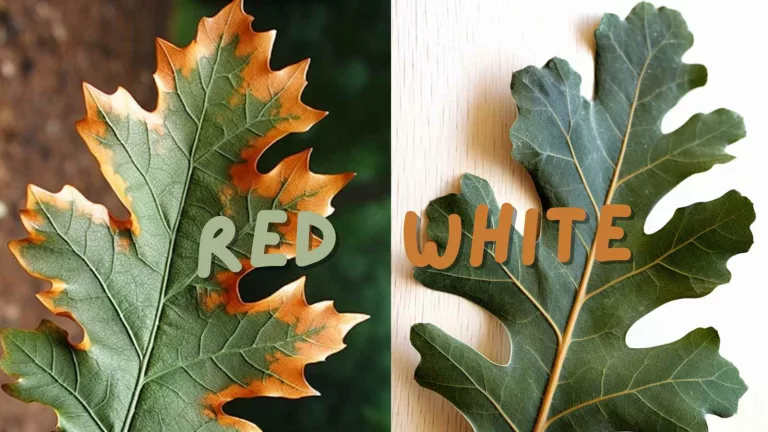Can You Put Wood in the Oven? A Comprehensive Guide to Safely Drying Wood Indoors

Summary
Yes, but with caution: Oven drying wood is possible with careful temperature control and safety measures.
Low Temperature: Maintain 200-250°F (93.33-121.11°C) to prevent burning or warping.
Works for Many Woods: Suitable for both softwoods and hardwoods, with extra attention needed for hardwoods.
Regular Checks: Monitor the wood frequently to ensure even drying and prevent fire risks.
Safety First: Never leave the oven unattended during this process and keep a fire extinguisher handy.
Hey there, fellow woodworking enthusiasts and DIYers! Today, we’re diving into a topic that might raise a few eyebrows – drying wood in your very own kitchen oven. Sounds a bit unconventional, right? But stick with me, and you’ll discover how this method can be a game-changer for your projects, especially when you’re pressed for time or don’t have access to traditional wood-drying methods.
Now, before we get our hands (and wood) warm, let’s talk safety. Drying wood in oven isn’t something to take lightly. It requires careful attention and specific precautions to avoid any mishaps. After all, we’re dealing with an oven and combustible material. So, let’s ensure we do this the right way – safely and efficiently.
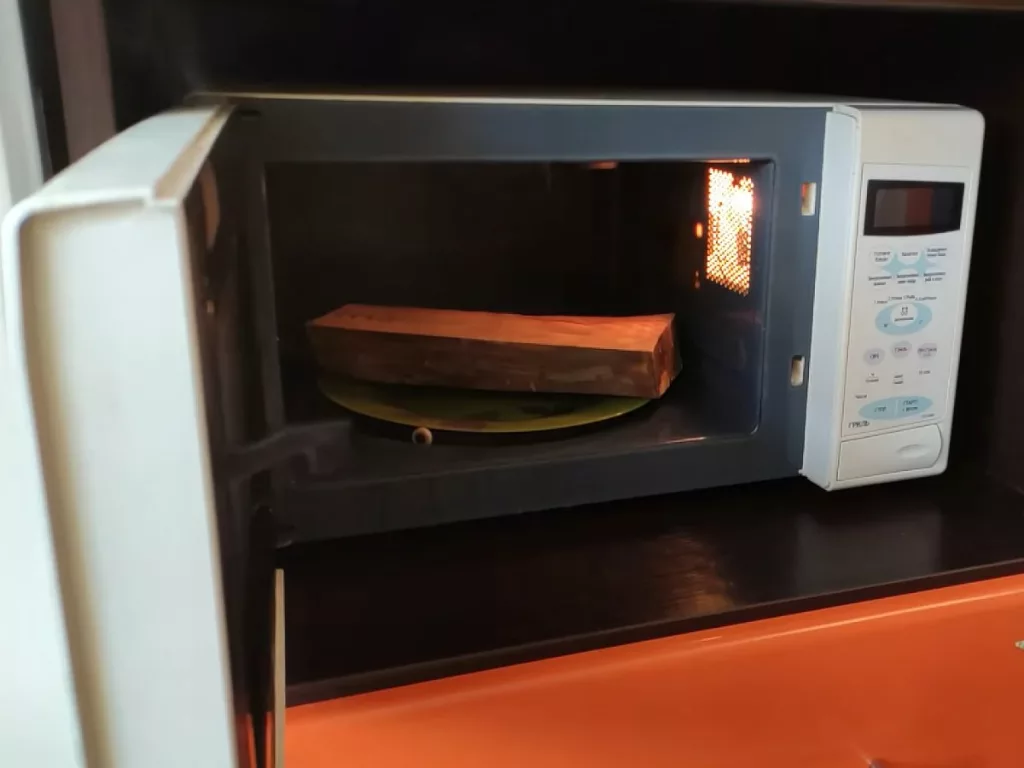
Basics of Wood Drying
Ever wondered why drying wood is such a big deal in woodworking? Let’s break it down.
Why Dry Wood?
Drying wood is crucial for several reasons.
- Stabilizes the Wood:
- Reduces the risk of warping, shrinking, or cracking.
- Essential for maintaining the integrity of furniture or art pieces.
- Easier to Work With:
- Lighter in weight, facilitating handling and manipulation.
- Cuts cleaner, providing smoother edges and surfaces.
- Accepts finishes better, ensuring a more polished final product.
- Efficient Burning:
- Dry wood burns more efficiently and cleanly.
- Ideal for use as firewood, offering better heat output and less smoke.
The Science Behind Wood Drying
Wood drying is all about moisture content. Freshly cut wood is loaded with moisture, which can be a real party pooper for woodworking. The goal is to reduce this moisture content to a level that matches the environment where the wood will be used. This process involves balancing the rate of evaporation and the temperature to ensure the wood dries evenly without damage. Moreover, drying is a wood preservation process. Following are the benefits of drying:
- Moisture Reduction: Drying reduces the wood’s moisture content, which is crucial for preventing decay and fungal growth.
- Stability Increase: It stabilizes the wood, making it less prone to warping, shrinking, or cracking, thereby extending its lifespan.
- Insect Deterrence: Dry wood is less attractive to insects that typically infest and damage moist wood.
- Enhanced Durability: Properly dried wood is more durable and suitable for various uses, including construction and furniture making.
Can You Put Wood in the Oven? Exploring the Possibility
Now, let’s tackle the big question: can you really use your oven for drying wood? Or Is drying wood in the microwave feasible? The short answer is yes, but there’s more to it.
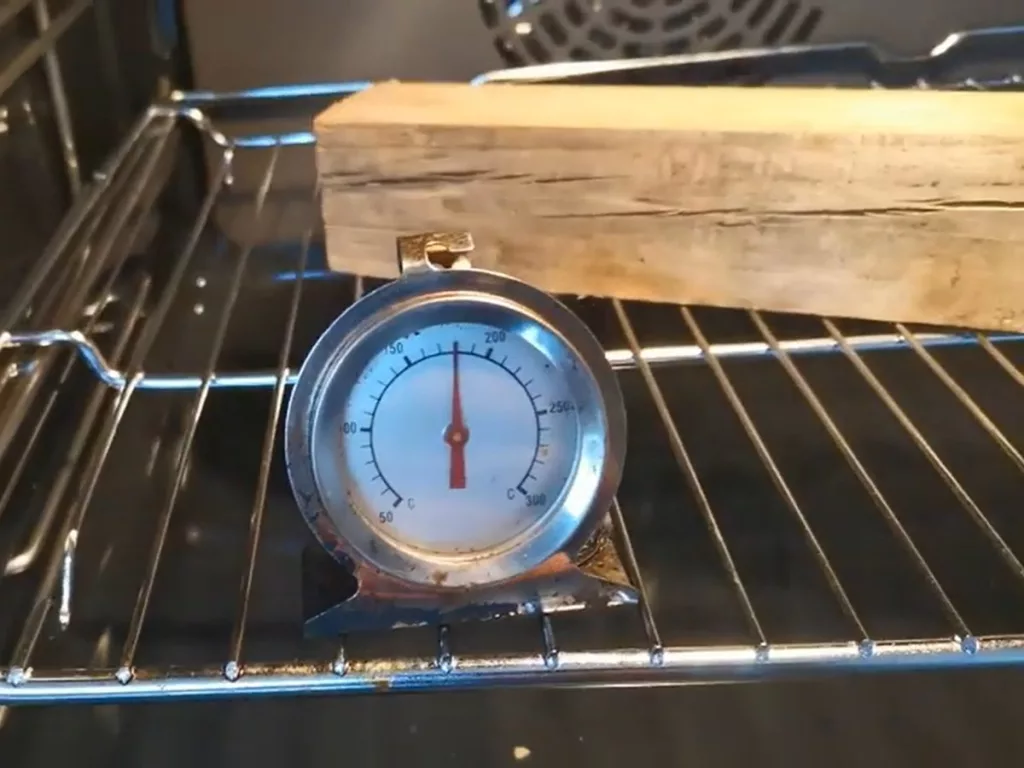
Jaime Andres Cataño Bernal
Woods Suitable for Oven Drying
Not all wood is created equal, especially when it comes to oven drying. Softer woods like pine or cedar are more oven-friendly, as they tolerate the heat better and dry faster. Hardwoods like oak or maple can also be dried in the oven, but they require more care and a watchful eye. The risks in oven drying of hardwoods are here:
- Density and Moisture Content: Hardwoods are denser with higher moisture content, making them take longer to dry and prone to retaining moisture internally.
- Risk of Uneven Drying: They can dry unevenly, causing the exterior to dry faster than the interior, leading to internal stress and potential cracking.
- Increased Cracking and Warping: The uneven drying process heightens the risk of cracking and warping, especially with rapid temperature changes.
- Longer Drying Time Needed: Due to their density, hardwoods require a longer drying time, demanding careful monitoring to prevent damage.
- Temperature Sensitivity: Hardwoods need careful temperature management to avoid damage, as too high a temperature can cause cracking or warping.
Risks and Precautions
While oven drying can be effective, it’s not without risks. The biggest concern is the potential for fire. To mitigate this, never exceed a temperature of 200-250°F and always keep an eye on the wood. Also, avoid drying wood with high sap content, as it can produce flammable gases. Remember, patience is key – rushing the process can lead to damaged wood or worse, a safety hazard.
You can watch this video for a clear idea of drying wood in oven.
Step-by-Step Guide to Drying Wood in Your Oven
Alright, let’s roll up our sleeves and get into the nitty-gritty of oven-drying wood. This isn’t your everyday baking, but I promise it’s just as satisfying!
Step 1: Preparing the Wood
First things first, let’s prep our wood. Start by cutting your wood into manageable pieces – think about what your oven can handle. You want to avoid overcrowding. Next, give your wood a quick once-over. Remove any dirt or debris, as cleanliness is key here. Remember, we’re not cooking dinner, but we still want to keep things tidy!
Step 2: Setting the Right Temperature
Now, let’s talk about heat. Set your oven to a low and steady temperature – around 200-250°F (93.33-121.11°C) is the sweet spot. This gentle warmth is enough to coax the moisture out without playing with fire (literally). It’s like slow-roasting a perfect cut of meat; low and slow wins the race.

Step 3: Monitoring the Drying Process
Patience is your best friend here. Keep an eye on your wood, checking it every 30 minutes or so. You’re looking for a consistent drying without any warping or cracking. It’s a bit like babysitting – you need to be attentive, but there’s no need to hover constantly.
Expert Tips for Successful Oven Drying
Let’s glean some wisdom from those who’ve mastered the art of wood drying.
Insights from Woodworking Professionals
Seasoned woodworkers swear by even heat distribution. If your oven has hot spots, rotate the wood pieces periodically for uniform drying. Also, consider cracking the oven door open a smidge to allow moisture to escape and prevent steam buildup.
Common Mistakes to Avoid
One major no-no is rushing the process by cranking up the heat. This can lead to uneven drying and potential wood damage. Also, don’t forget to use oven mitts when handling the wood – it’s hot in there!
Alternatives to Oven Drying
While oven drying is a neat trick, it’s not the only way to skin a cat (or dry wood, for that matter).
Air Drying Techniques
Air drying is the old-school, time-tested method. It’s all about letting nature do its thing. Stack your wood outdoors, spaced out for air circulation, and protected from direct rain. It’s a slower process but worth it for the character it imparts to the wood.
Using a Kiln for Larger Projects
For those bigger batches or when time is of the essence, a kiln is your go-to. It’s like the fast-forward button of wood drying – controlled, quick, and efficient. Perfect for when you’re on a deadline or dealing with particularly stubborn pieces of timber.
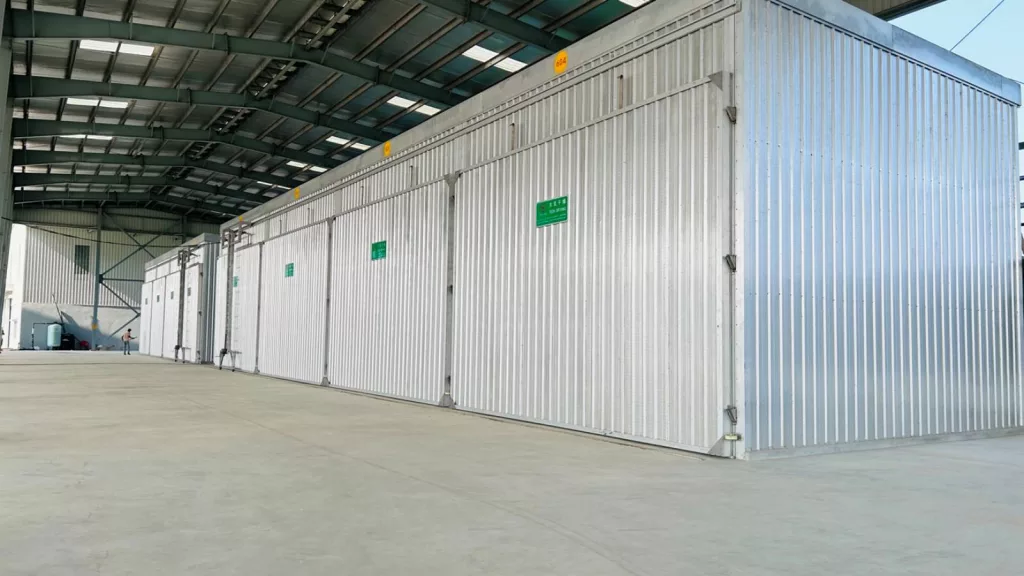
And there you have it – a comprehensive guide to drying wood in your oven and beyond. Whether you’re a seasoned pro or a curious newbie, these tips and tricks will help you achieve perfectly dried wood for your next project.
Safety First: Preventing Hazards When Drying Wood
Hey there, safety-savvy woodworkers! Let’s talk about keeping things safe while drying wood in the oven. It’s crucial to remember that while this method is handy, it comes with its own set of precautions.
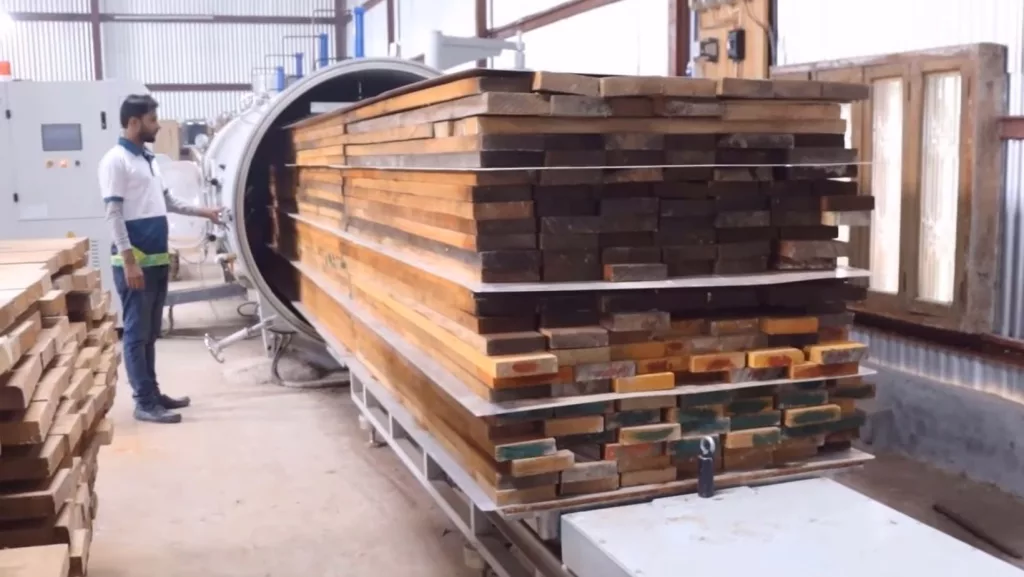
Fire Safety Measures
- Fire Safety Priority: Always have a fire extinguisher close by during oven-drying of wood.
- Over-Preparation is Key: Better to be overly prepared for safety than not enough.
- Never Leave Unattended: Do not leave the oven unattended while it’s on with wood inside.
Handling and Storage Post-Drying
- Allow Wood to Cool: After drying, let the wood cool down before handling.
- Handle with Care: Treat hot wood with the same caution as hot pans.
- Proper Storage: Store dried wood in a cool, dry place, away from sunlight and moisture.
- Considerate Storage: Think of storing your wood as giving it a well-deserved rest.
Real-Life Experiences: Case Studies and Testimonials
Now, let’s dive into some real-world adventures in oven-drying wood.
Success Stories
I’ve chatted with several DIY enthusiasts who’ve had great success with this method. One even mentioned how oven-drying gave their woodwork a unique, rustic finish that they couldn’t achieve otherwise. It’s all about that personal touch, isn’t it?
Lessons Learned
Of course, it’s not all sunshine and rainbows. A common lesson is the importance of patience – rushing the drying process can lead to cracked and unusable wood. Remember, good things take time!
Conclusion
So, what have we learned? Oven-drying wood is a fantastic, time-saving method if done correctly and safely. It’s all about understanding the process, being patient, and most importantly, staying safe. So go ahead, give it a try, and see how it transforms your woodworking projects!
Additional Resources
For those hungry for more knowledge, here are some fantastic resources to dive deeper into the world of wood drying:
Remember, knowledge is power, especially in the world of DIY and woodworking. Happy drying, and stay safe out there!
FAQs
How long should I dry the wood in the oven?
Typically, dry for about 1-2 hours at 200-250°F, but this can vary based on the wood type and thickness.
Can I dry any type of wood this way?
Yes, most types of wood can be dried in the oven, but hardwoods require more careful monitoring than softwoods.
Is there a risk of the wood catching fire?
There is a minimal risk if you keep the temperature low (200-250°F) and never leave the oven unattended.
Can you leave wood stove unattended?
It’s not recommended to leave a wood stove unattended for extended periods, as it poses a risk of fire hazards and requires regular monitoring for safe operation.
Can you put wood skewers in the oven?
Yes, you can put wood skewers in the oven. It’s advisable to soak them in water for at least 20-30 minutes before putting them in the oven to prevent burning.
